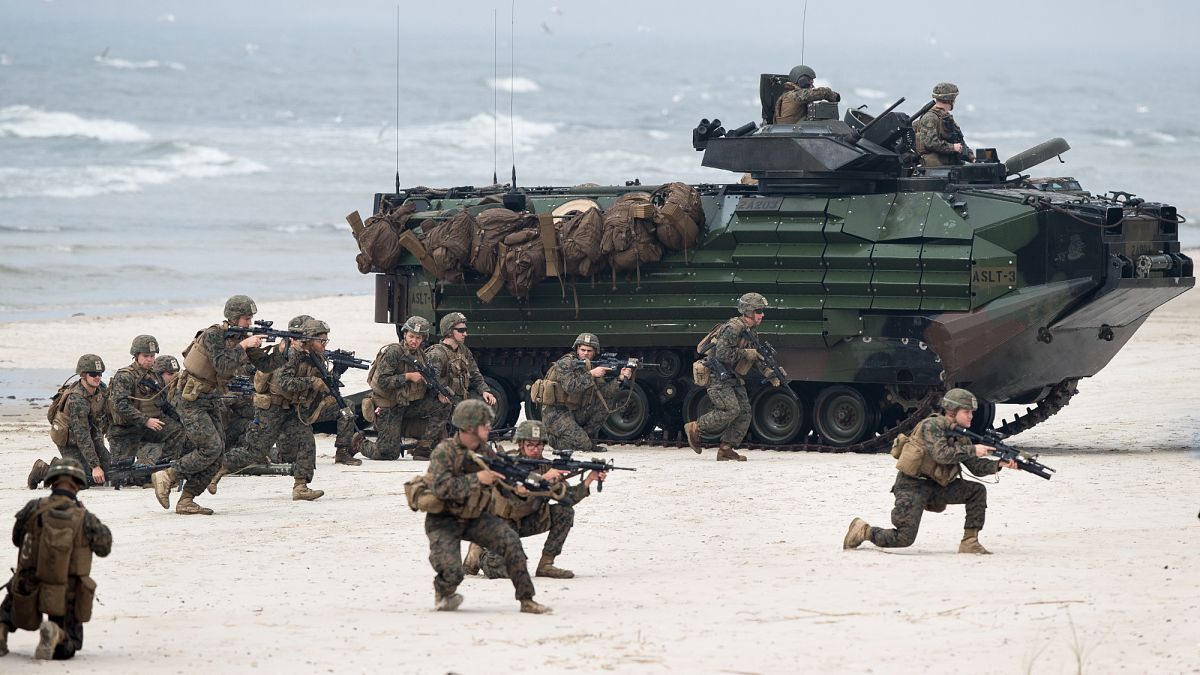The New Zealand Defence Force has deployed 700 personnel across land, sea, air, space and cyberspace for Exercise Talisman Sabre, a massive multinational training operation now underway across eastern and northern Australia.
This year’s iteration, the largest in its history, sees 19 nations represented including the US, UK, Japan and New Zealand in a show of military coordination and “collective deterrence” amid growing regional insecurity.
“New Zealand is part of this practice-for-war exercise,” said Lieutenant Colonel Caleb Berry, speaking from the live-fire demonstration zone in Queensland.
“It’s a key demonstration of the coalition of the willing. We’re showing we can work together and we work together well.”
The drills span thousands of kilometres – from Shoalwater Bay to the Indian Ocean outpost of Christmas Island – involving joint combat simulations across multiple domains.
But it’s not just about tactical training. The backdrop to the exercise is a rapidly escalating standoff over Taiwan.
Geopolitical flashpoint
As the exercise began, US officials reportedly called on key Pacific allies – including Australia and Japan – to clarify what role they would play in a potential conflict over Taiwan.
The Financial Times reported that the US has privately asked Australia to declare how it would respond if China were to invade Taiwan and whether it would allow American nuclear-powered submarines stationed under the AUKUS pact to be used in such a conflict.
It’s a request that landed just as Australian Prime Minister Anthony Albanese arrived in China for a high-stakes diplomatic visit.
“We want peace and security in our region,” Albanese said. “We don’t want any change to the status quo.”
Meanwhile, Taiwan has begun its own live-fire drills this week in response to what it calls “rehearsals” by China to forcibly reclaim the territory. State media there showcased new long-range missiles capable of reaching China’s shores.
Where does New Zealand stand?
While New Zealand is not part of the AUKUS agreement, its presence in this year’s Talisman Sabre is one of the strongest signals yet of its growing willingness to align with Western allies on defence and security in the Indo-Pacific.
Among the equipment being tested are the NZDF’s new Bushmaster armoured vehicles and the Vector Scorpion drones – a sign of modernisation in a force often accused of falling behind its larger partners.
Vice Admiral Justin Jones, Australia’s Chief of Joint Operations, told 1News that the presence of 19 partner nations sends a clear signal.
“I’ll leave it to China to interpret what 19 friends, allies and partners operating together in the region means to them.”
As the drills continue through August 4, more joint missions involving Kiwi forces are planned, including naval operations, cyber defence simulations, and air mobility tasks involving the Hercules and NH90 fleets.
But in the shadow of Taiwan and rising tensions between superpowers, the message behind the military muscle is becoming impossible to ignore.
“It’s about being combat ready and showing we are ready,” said Berry.












